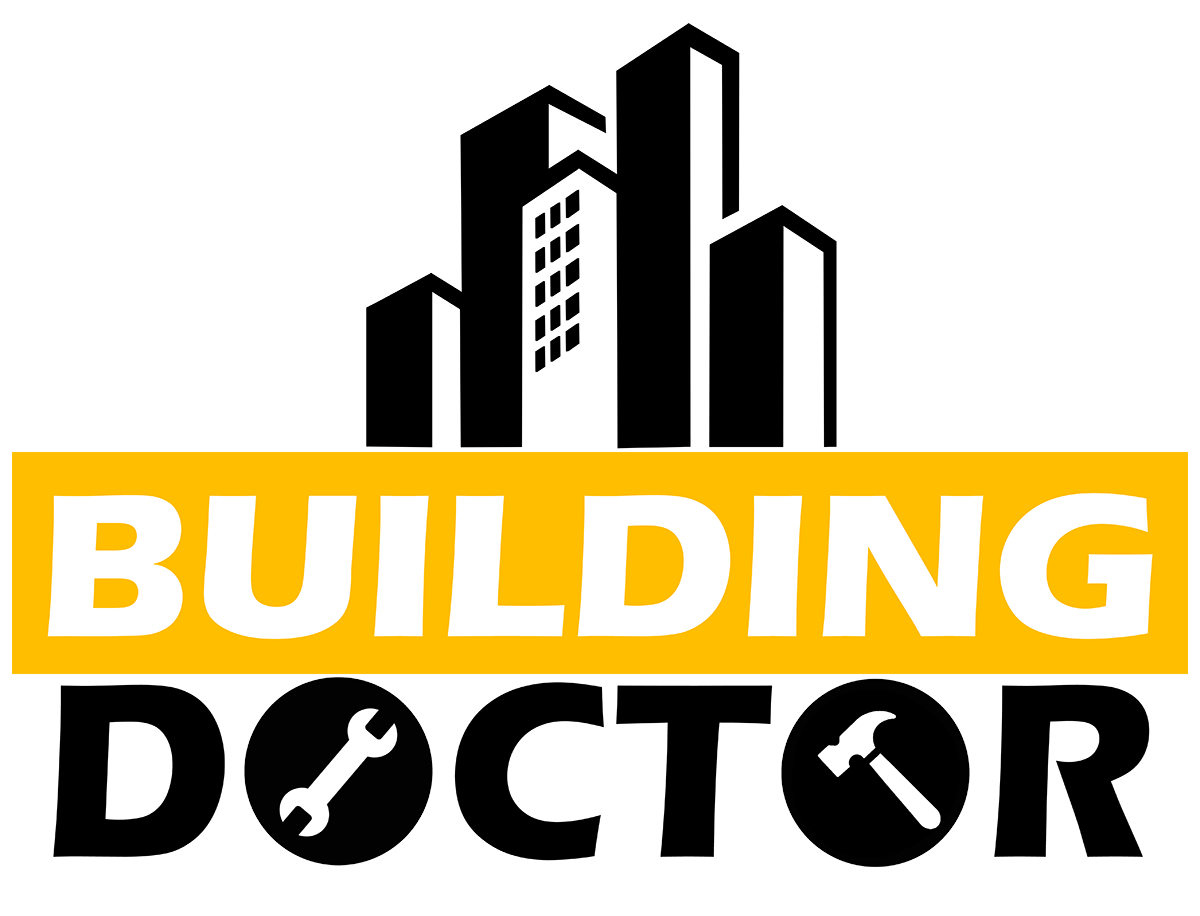Cementitious Waterproofing
Cementitious waterproofing is one of the common waterproofing methods in the market.
Cementitious waterproofing is one of the common waterproofing methods in the market.

Figure 1: Cementitious Waterproofing
Cementitious waterproofing is one of the common waterproofing methods in the market. It uses polymer modified cement based coating to fill up the pores in the concrete and make the waterproof barrier. It is generally suitable to be applied in indoor areas such as kitchen floor, shower stall, bathroom floor, and underground structure where these places are shielded from the hot sun or less exposed to weathering, so thermal expansion and contraction processes are effectively prevented.
Cementitious waterproofing is a simple process and can be said that it’s the easiest waterproofing method to apply which the workers can simply apply with various tools, such as roller, brush, and trowel. It is durable, affordable, and readily available. However, proper mixing and enough layer thickness are required to form a good waterproof barrier. The quality of workmanship will directly affect the lifespan and typically last for 10 years, which is relatively low compared to the other waterproofing methods. Meanwhile, it has poor resistance to thermal expansion and contraction caused by movement joints.
Typically, cementitious systems are applied in two-layer coatings. Third-layer coatings are applied if additional protection is necessary. The cementitious waterproofing method is suitable to solve indoor water leakage problems due to its weak properties against thermal expansion and contraction. It is widely used due to its availability, low cost, and durability against chemical attacks.
You cannot copy content of this page
